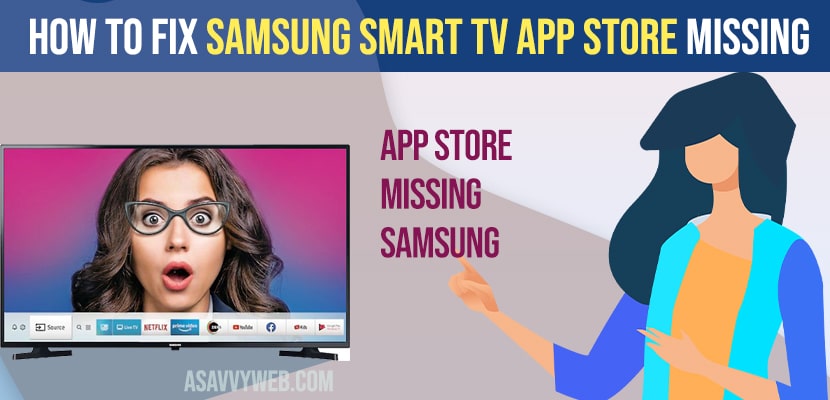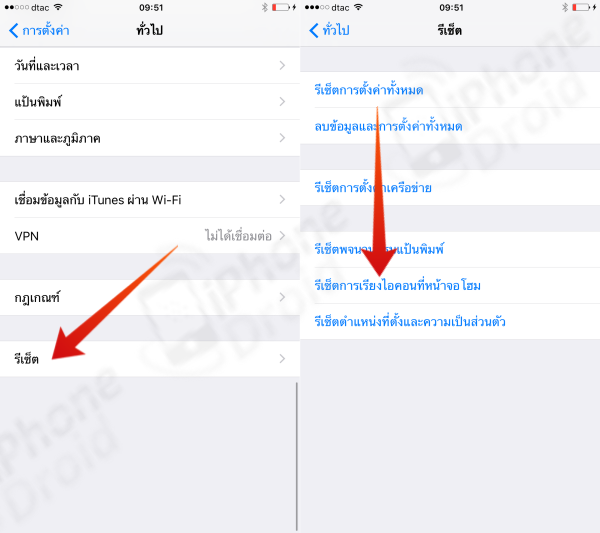


Tap on that "Purchased" link to list all of your purchased apps. Launch the App Store app and then tap on the "Updates" button in the right, bottom corner.Īt the top of the screen, you'll see a link for "Purchased" apps. To find apps that you have purchased but are not installed on your device, you need to hop over to the iOS App Store. If you can't find the app in your Spotlight search, then it is possible the app was deleted by gremlins (or your kids) when you weren't looking. If you are not sure how to use Spotlight for iOS, you can follow Steven Sande's handy video tutorial, which will walk you through the process. Type the name of your app into the search field and the app will show up in the search results, if it is installed on your phone. If you can't find an app that you installed on your iOS device, don't fret, just fire up Spotlight search by simply swiping down from the top of your home screen. Is the app on screen #4 or #7? Or is it in a folder I created last month and then forgot about? I don't always take the time to organize them, so my homescreen panels sometimes become a jumbled mess of random apps.The chaos is occasionally fun, but most of the time it is frustrating as I can't find the app that I want to open.

I have far too many apps on my iOS device, and I add more almost every day. Once again, select ‘Search automatically for updated driver software' when prompted.I'm an app-aholic. Step 5: Expand the section labeled Universal Serial Bus Devices, right-click Apple Mobile Device USB Device, and then click Update Driver. Step 4: Select the option labeled ‘Search automatically for updated driver software.’ The Device Manager should download a newer version of the driver and reinstall it. Right-click it, and then select Update Driver. Step 3: Expand the Portable Devices section, and you should find your iPhone or iPad listed underneath. Step 2: Right-click the Start button, and then click Device Manager on the context menu that shows up. If iTunes launches automatically, exit it. Step 1: Unlock your iPhone or iPad, get to the Home screen, and then connect it to your PC. Thankfully, it's pretty easy to do that, and only involves a brief visit to the Device Manager. Since updating Windows didn't help, you need to take matters into your own hands by updating them yourself. Usually, an outdated USB drivers associated with your iPhone or iPad causes the ‘Driver Not Installed’ error.


 0 kommentar(er)
0 kommentar(er)
